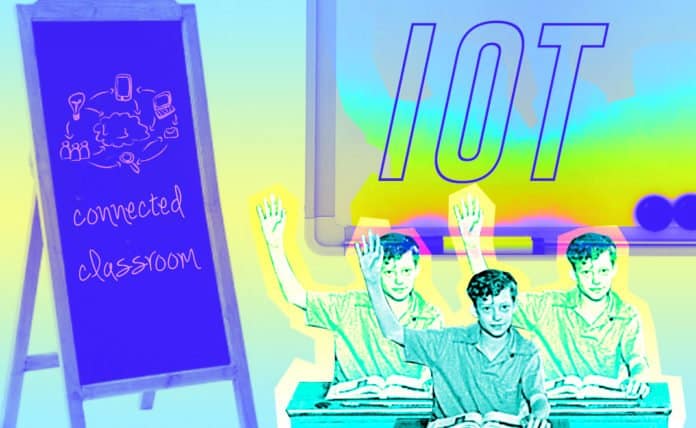
As we live through the ever-changing world, education is the sphere that remains surprisingly behind the general rapid advancement. The WEF Future of Jobs Report 2018 states that technological breakthroughs are changing the global labor market, blurring the frontier between human jobs and automated machine tasks and people are still largely unprepared for them.
We’re entering the new paradigm of global interconnectivity where the Internet of Things (IoT) reaches out for previously disconnected offline objects and devices. Now everything is coming online: cars and ships, manufacturing and farming equipment, home and medical devices, and even city municipal infrastructure.
IoT is changing healthcare and industry, but should it not also focus on education and preparing future generations for the new connected reality? Although education remains a background sector for IoT by and large, the classroom can benefit from IoT at all stages.
In another IoT For All article on IoT in education, Hayden Cohen discussed how IoT can help reform the educational system and solve the problems of the shortage of educators and textbooks. In this article, we’ll have a closer look at the direct impact of IoT solutions on classrooms.
Most likely, when it comes to IoT-enabled education, we imagine, among other things, a technically-advanced classroom equipped with a smart whiteboard. It’s valid, of course, but IoT for schools begins far before stepping into the classroom. For example, in connected schools, buses can tell parents when they would drop off their children and provide the latter with internet access to do homework, or consume educational content en route to school.
IoT indeed enables innovation, starting with whiteboards and connected school buses, moving toward smart lighting and security cameras—all of which provide real-time data and valuable insights to students, parents, faculty and administration. The most common IoT devices used in the classroom include: